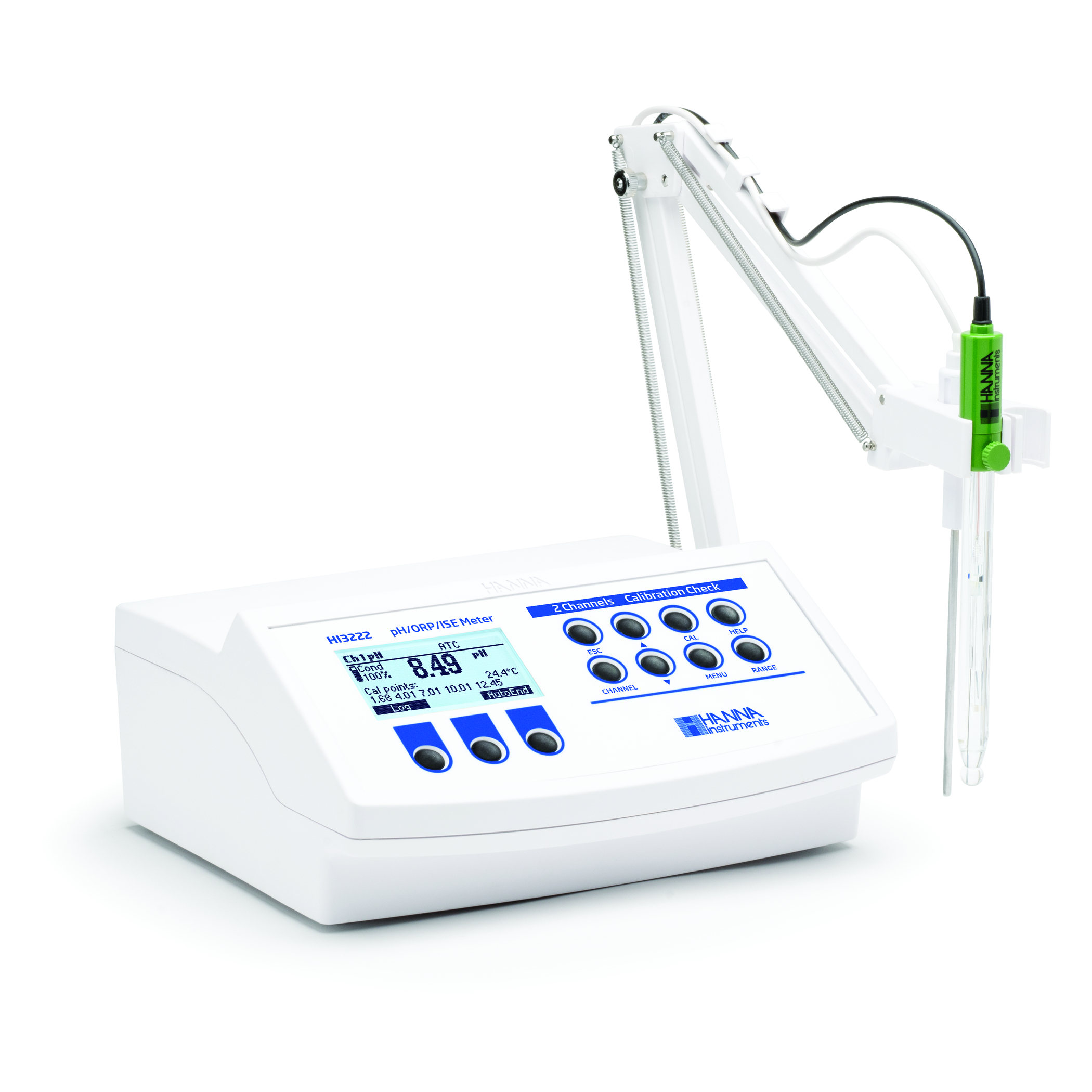
Importance of determination of Hardness and Alkalinity of water
With rise in the requirement of water for industrial, agricultural, and domestic consumption, resources are being used and re-used more
End of Content.
End of Content.

In these highly advanced technological times, 40% of Indians still rely on agriculture for their livelihood. The majority of farmers, who are unaware of the value of scientific farming, use conventional ways to cultivate their crops. However, not all farmers can afford to modernize their farming techniques to produce high yields. Farmers with enormous tracts of land can.
Just like us, plants need food to grow properly. The majority of the macronutrients, such as nitrogen, phosphorus, and potassium (NPK), that plants require are naturally present in the soil. However, only at particular pH levels that are unique to each crop type can these nutrients be absorbed. One can simply regulate the ideal levels of macro and micronutrients by controlling some of the most crucial characteristics, like pH and conductivity. Additionally, one can guarantee the supply of practically all crucial plant nutrients with this management.
The majority of farmers are not aware of how crucial pH is for controlling the acidity and alkalinity of the soil. Therefore, even if a farmer uses the most expensive seeds and fertilizers, he would still not obtain a high harvest if the pH of the soil is not kept at a healthy level. The number of substances that are soluble in soil water and, consequently, the amount of nutrients that are made available to plants, depends on the pH of the soil. Some nutrients are more easily absorbed when the environment is acidic, whereas others are better absorbed when the environment is alkaline.
Due to the fact that plants and microorganisms are sensitive to their chemical environments, the acid and base levels of a soil solution are crucial. Acidity, neutrality, and alkalinity are three factors that might influence a soil solution’s chemical reactions. For instance, sulfur may be found in solutions with a pH range of 5.5 to 8.5; boron, copper, and zinc can be found most easily in solutions with a pH range of 5 to 7; iron and manganese are prevalent below pH 5, but only marginally so in solutions with a pH range of 5 to 7. At a pH higher than 7.7, iron chlorosis commonly takes place. The type of nutrient issues in the soil may be predicted by the pH of the soil. Although not a “cure-all” examination, pH may point to a potential issue that may then be researched with additional investigation.
To assess the quality of the soil, one might do a nutrient analysis. Using this information, one may rapidly decide which fertilizer has to be dosed and whether nutrients are available in the soil. The HI83399-02 photometer from Hanna Instruments is a high-performance photometer that also supports cutting-edge digital pH/temperature electrodes, making it feasible to determine NPK and other micronutrients.
Significant amounts of calcium and magnesium bicarbonates (lime) are present in certain irrigation water, which helps counteract the acidifying effects. Thus, unless lime is intentionally provided or is present in the irrigation water, soils in production (without free lime) grow more acidic. This implies that in order to maintain a correct amount of soil acidity, farmers must periodically monitor the pH of their soil. With the HI83399-02, it is also extremely easy to test the total hardness, calcium hardness, and magnesium hardness.
The agriculture test kits provided by Hanna Instruments and the pH/EC/TDS portable meter HI9814 give all farmers an economical way to assess the pH, conductivity, and soil quality.
Suction Lysimeter for Root Level Soil Monitoring is another product offered by Hanna instruments. In order to extract soil solution, the HI83900 suction lysimeter is constructed with a glass tube and a porous ceramic cover. Through a rubber cap and into the tube before arriving at the ceramic tip, a rubber capillary is introduced.
The lysimeter from the HI83900 series is the best device for obtaining quantitative chemical analyses of soil solution samples. Thus, it is simple for the operator to keep an eye on the concentrations of nutrients including ammonia, nitrate, phosphorous, potassium, sulfate, calcium, and magnesium.

With rise in the requirement of water for industrial, agricultural, and domestic consumption, resources are being used and re-used more

Any time you pick up a metal object, chances are that the item has some sort of plating on it.
To empower customers to achieve quality
by supplying intuitive, accurate, and reliable analytical instruments with exceptional customer service and value.
We take pride in every product we build. From an original idea, to a completed product ready for testing. We oversee every aspect of the manufacturing process. It is this level of attention to detail that sets us apart.
To empower customers to achieve quality by supplying intuitive, accurate, and reliable analytical instruments with exceptional customer service and value.
We take pride in every product we build. From an original idea, to a completed product ready for testing. We oversee every aspect of the manufacturing process. It is this level of attention to detail that sets us apart.
To empower customers to achieve quality by supplying intuitive, accurate, and reliable analytical instruments with exceptional customer service and value.
We take pride in every product we build. From an original idea, to a completed product ready for testing. We oversee every aspect of the manufacturing process. It is this level of attention to detail that sets us apart.